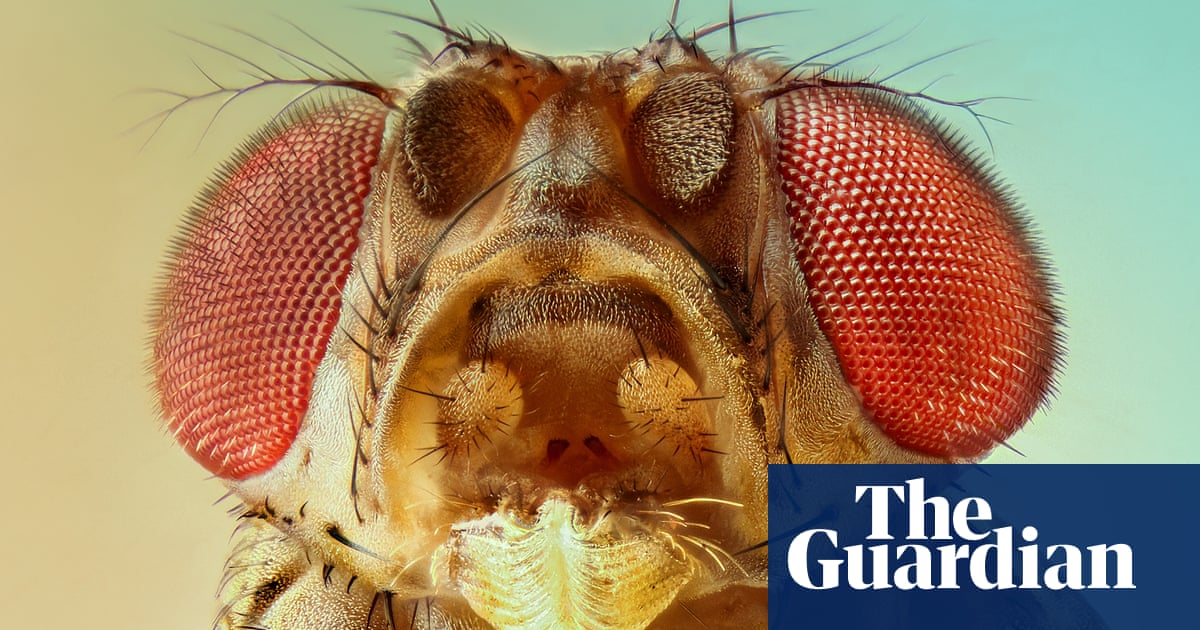Bees can play soccer – 10 little-known facts about insects - 3 minutes read

In writing about this silent unfolding disaster for my new book, The Insect Crisis: The Fall of the Tiny Empires that Run the World, I explored how the loss of insects imperils our food security, potentially deprives us of new medicines and degrades the ecosystems we all rely upon to sustain life. Through habitat loss, pesticide use and climate change, we are creating a version of hell for our greatest allies on this planet.
Bees can do almost everything
Honeybees understand the concept of zero, can add and subtract numbers and can even be trained to detect land mines more effectively than sniffer dogs. Their pollination services have become so valuable in the US that there is a growing criminal operation among “bee rustlers” to steal beehives in California’s farming heartland.
Beetles have the abilities of tiny superheroes
Others are noteworthy in their own right. A horned dung beetle is so strong that if it were a human, it would be able to hold aloft six double-decker buses. Another type of beetle, a water beetle called Regimbartia attenuata, can even survive being eaten by a frog by swimming through the amphibian’s stomach and crawling out of its bottom.
There are people who will strongly defend mosquitoes
But some entomologists have warm feelings towards mosquitoes, pointing to their pollination of certain flowers and their little-known environmental work, where they help cycle nutrients through soils and plants and provide food for animals higher up in the food chain, such as frogs and birds. Wiping out all mosquitoes would cause a cascade of detrimental impacts.
The only insects that rival mosquitoes in our displeasure are cockroaches. There are thousands of species of cockroach found in forests but we tend to focus on the two – American and German – that have adapted themselves to our homes.
Objectively, these creatures are marvels. Slow-motion video footage reveals that the cockroach can crash into a wall at high speed with no loss of momentum before scaling it vertically. These great survivors can fit into cracks as thin as a small coin, bite with a force 50 times their body weight, and survive for two weeks after being beheaded.
What would you think the first animal in space was? A monkey? A dog or cat, perhaps? It was, in fact, a fruit fly that was propelled beyond the atmosphere in a US military rocket in 1947 to ascertain the potential impact of cosmic radiation on astronauts.
Moths are often slandered as powdery vandals that enjoy chomping their way through the clothes in our wardrobes. This is largely unfair - it’s the moth larvae, not adults, that feed on clothes, and even then only a couple out of the thousands of moth species do this.
We should think more highly of wasps
Research has additionally found that paper wasps can grasp transitive inference, a logical arrangement whereby if A is greater than B, and B is greater than C, then A must be greater than C. These wasps can also recognize other individual wasps by looking at their faces.
The production of chocolate and ice cream depends on insects
Crickets may become the food of the future
Insects have been on the menu for societies across Asia, Africa and South America for generations but are still viewed with unease by many western diners. That may change as the ruinous environmental impact of meat eating prompts some to switch to insects such as crickets, which can be farmed in huge numbers with little resulting pollution.
People will show a fondness for insects in unusual ways
Source: The Guardian
Powered by NewsAPI.org